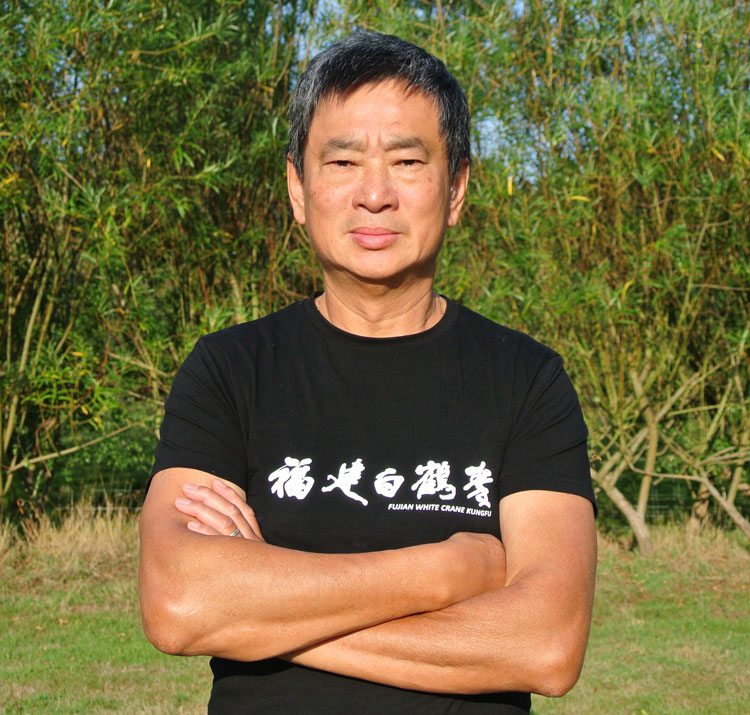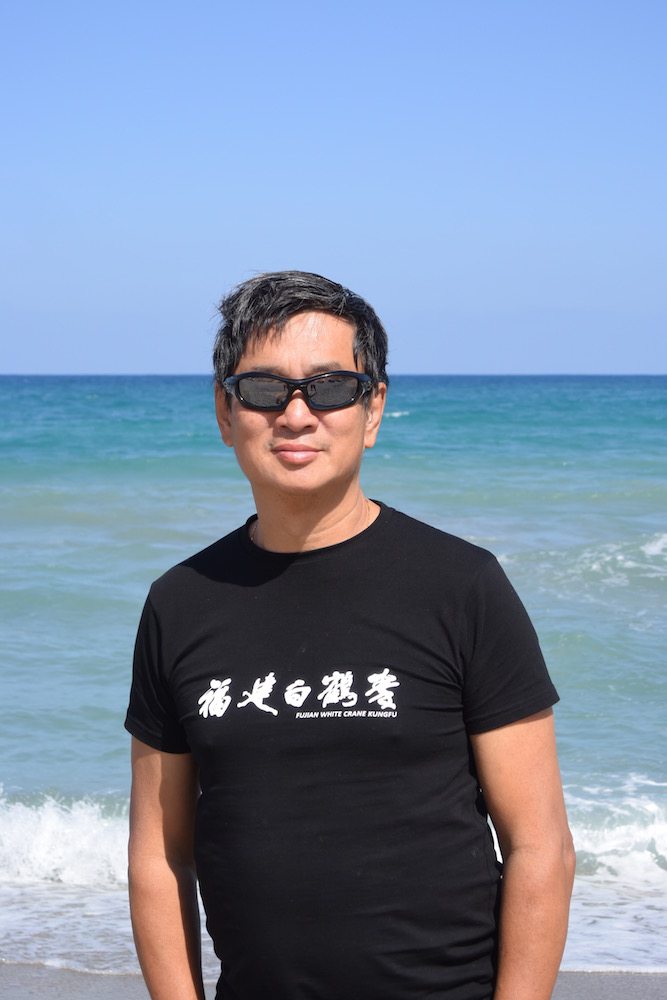“We are martial artists – we all live with pain. If you train hard and regularly, you will know what pain is.” Dennis Ngo explains to Emeka Onono from Raw TV Ltd. Emeka had contacted Dennis to see if he would be involved in a social experiment documentary. Dr Chris Van Tulleken was planning to take a group of people who suffer with chronic conditions – could lateral approaches let them stop taking their prescription drugs?
Emeka wanted to know whether Dennis would help Crystal, who had chronic severe back pain. “If Crystal wants to do it it then I can help.” The rest, as they say, makes great TV. [You can watch the trailer here: “The Doctor Who Gave Up Drugs“.]
But behind Dennis’ seemingly bluff comments on the pain of training, there is another story. Read More

